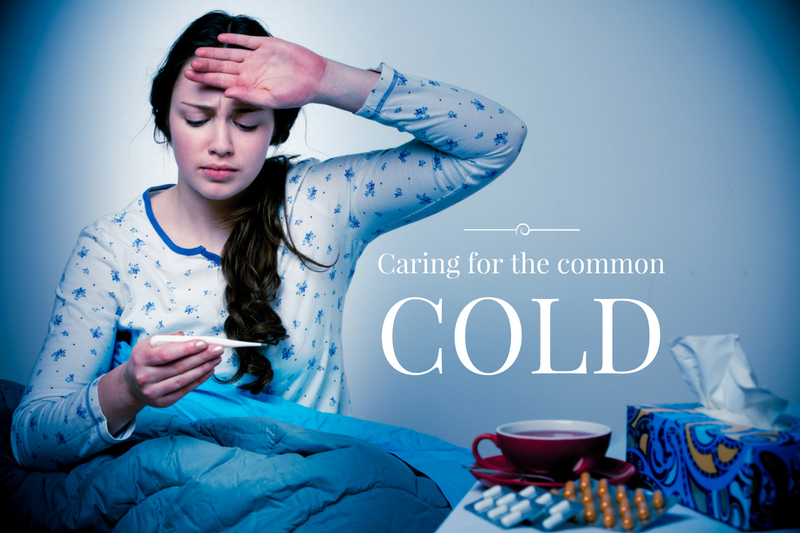A cure for the common cold? Don’t count on it.

You cough, you sneeze. Your nose is runny, then it’s all stuffed up, then it starts to run again. It’s the common cold and despite what you might of heard, there isn’t a cure. After all, it’s called “common” because the cold is actually a group of very familiar symptoms — cough, sore throat and sneezing just to name a few — which are caused by more than 200 different viruses.
So what’s a cold-sufferer to do?
Expect to be sick for at least a week or two, but don’t accept being completely miserable. While a cure for the common cold still eludes us, there are ways to treat your symptoms and make them more manageable.
Take a nap
Seriously. According to Robin Wallace, PA-C, of EVMS Family and Community Medicine, getting rest is key. You’ll recover more quickly with some shut eye, and you are less likely to pass the germs on to someone else if you take a break and stay home, she says. Those who try to maintain their regular pace and even worse, don’t get rest, are more likely to feel worse. So take that nap, your body will thank you.
Stay hydrated
Put down the soda and coffee, which only make dehydration worse, and sip on something more refreshing instead. Water, juice and broth can help. For an added bonus, drink something warm like lemon water with a bit of honey to help ease congestion — it also helps with sore throats.
Wash, wash, wash
“These types of viruses are passed along through coughing and sneezing so hand washing is very important,” Mrs. Wallace says. “You don’t want to infect everyone in your house or office.”
Cough into your elbow and use a tissue when you sneeze, rather than your shirt sleeve (or hands). And when in doubt — wash your hands again!
Don’t sniffle, blow
Sniffling isn’t just annoying to those around you, it’s keeping all those gross germs and snot inside. Blow your nose when necessary, and use a saline spray to help loosen mucus and clear the nasal passage. You may also consider using an over-the-counter (OTC) decongestant for no more than a few days.
Stock up
From tissues to cough drops, having what you need will help you better cope with your cold. You can use cough drops to alleviate your cough and an OTC pain reliever to help lower your fever and manage those cold-associated pains.
Above all, avoid seeking an antibiotic for a viral-associated cold. Not only are they useless for viral infections and a needless cost, but their use for viral infections can lead to the hazard of broadly-resistant bacteria, that threatens everyone’s health.